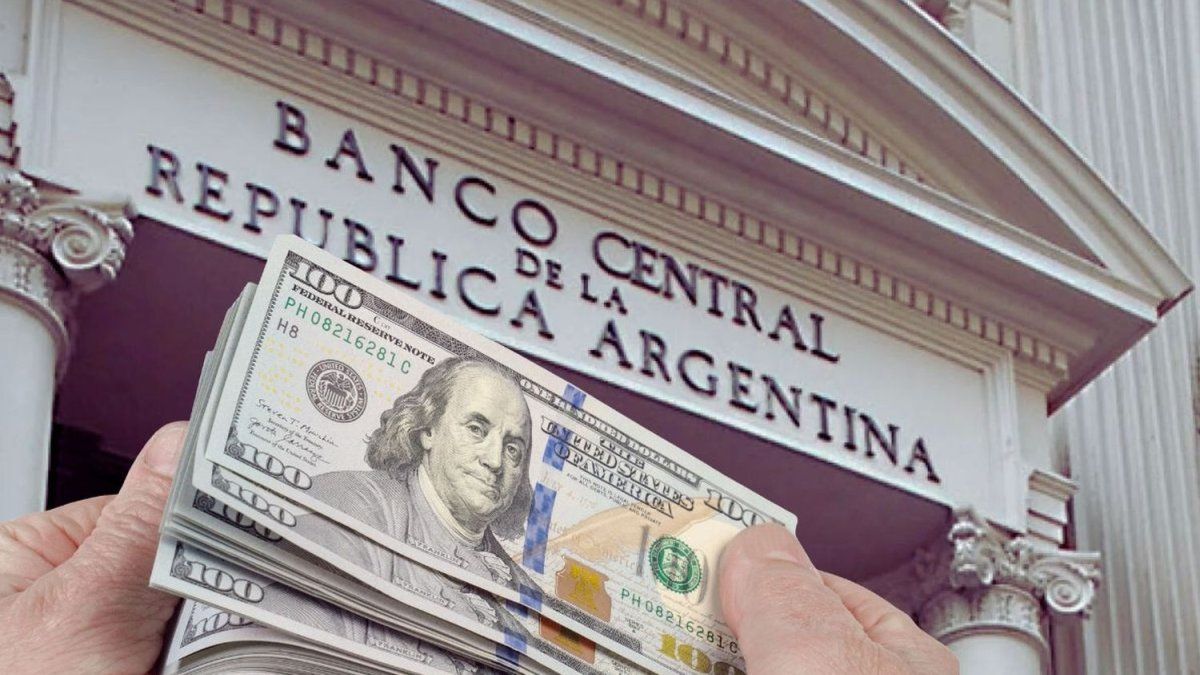The good news is that some temporary factors such as the jump in the price of Petroleum and supply chain complications appear to be leveling off. Meanwhile, the labor market brings good news in that the demand for employment remains strong, although the very low unemployment rate poses a challenge for the authorities since it is a factor of pressure for wages and medium-term inflation. . Thus, we notice a truce in the global market, but we do not believe that it is the time to claim victory.
Although inflation in July -and most likely in August- is very low, as a result of the drop in oil prices in recent months, the war against inflation continues and everything indicates that the FED will continue to raise the interest rate. reference at least 1 additional pp.
In this context, the short rates will remain under pressure while longs are likely to remain stable with contractionary monetary policy and higher demand for safe assets. In this scenario, long-term treasury bonds (IEF) or corporate quality bonds (LQD) are the most recommended because they have room to reduce spreads. We prefer not to add exposure in the corporate bonds high-yield and emerging markets, as they will be more exposed to the risk brought about by the economic slowdown and rising interest rates.
Refering to equities, we maintain a defensive profile prioritizing public services, health and for more aggressive portfolios that are committed to recovery, they can invest in big tech (XLK) that are favored by the strength shown by their balance sheets in recent years. We do not recommend Europe, because the economic situation will become increasingly difficult as winter arrives and they do not cover the shortfall generated by the departure of Russia as a gas supplier.
In emerging markets, we find some Latin American countries attractive due to technical positions and good fundamentals as is the case of Brazil (EWZ) and to a lesser extent Chile (ECH) in case the constitutional reform project is rejected. On the other hand, we recommend staying away from shares related to cyclical consumption and real estate, which in an environment of slowdown and rate hikes will probably be negatively affected.
As soon as the commoditieswe remain neutral as the gradual normalization of supply from Ukraine and Russia and lower global demand are rebalancing prices to pre-conflict levels.
As for the internal context, the economic situation is fragile and is under permanent tension due to the delicate economic, political and, not least, social situation. Despite the agreement with the IMF in March and the benefits of a jump in the prices of the raw materials that we export, fundamentals of the economy do not rise. High fiscal deficit and financed to a greater extent with monetary issue, loss of international reserves, exchange controls and growing inflation are a challenge for our local portfolios.
Any unexpected event can trigger instability, as occurred between the beginning of June and the end of July with a crisis that hit all Argentine assets and fueled very negative forecasts for the future of the country. With a deep reconfiguration of the cabinet and with measures not without future costs, the tension began to ease gradually from the end of last month, but not much more.
Withthe truce that we set for the global scenario –not exempt from volatility- what will define the dynamics of local assets is the local situation and more precisely, the ability of the government to contain the pressure on a very fragile foreign exchange market. With the change of economy minister with greater political weight and with the decisive intervention of the BCRA in the peso curve, the tension eased and this brought some relief to the valuations.
The debt swap that cleared the maturities in the short term, the good auction of the Treasury in August and the jump in interest rates were correct measures to contain the crisis, but they do not solve the underlying problem and will even be a factor of instability in 2023 in full electoral context. The improvement was limited, it broke the dangerous trend that it had taken in the middle of the run against the debt, but not much else: the country risk remains above 2,300 points -1,000 points higher than before the crisis- and the exchange rate gap has stagnated at around 110%, 40 pp above that at the end of May. Achieving a persistent improvement in valuations will depend on the consistency and credibility that the next steps economic team achieves. The market expects concrete measures, especially in fiscal matters, and sovereign bonds will be subject to them.
We give a low probability to a radical change of the economic program. The most urgent thing for the government is reverse the trend that has been marking the exchange market that forces the BCRA to sell more and more foreign currency and accelerate the rate of devaluation. It is not a problem of supply, since with the shock of international prices the liquidation of exports has been showing a very good dynamism, but it is the demand for both goods and services that rise hand in hand with the widening of the exchange rate gap. It is true that the energy deficit this year has an important role, however we note that the sectoral commercial deterioration is generalized.
Considering that in the coming months the supply of agriculture will tend to fall –as happens every year- curbing the exchange balance deficit will be key since net international reserves are at very low levels. Given the weakness of external accounts, we recommend currency hedging.
The jump in the currency gap added to the inertia and the monetary expansion generated to intervene in the peso market, it gave a new impetus to inflation that in July and August would mark an average rise of 7% per month and in the rest of the year they would have a floor no less at 5% per month. Even without foreseeing a discreet jump in the official exchange rate, our scenario is that it can hardly fall much further. In this context, we recommend having a significant portfolio position in inflation-adjusted instruments as they look the most profitable.
Faced with the escalation of inflation, the BCRA played harder than usual and raised the monetary policy rate strongly and also for fixed terms that reach up to 95% annualized. Although it seems insufficient to beat inflation in the short term, it is a good alternative for those investments with a very short investment term.
Finally, although the economic fragility and the high country risk is a heavy burden for local equities, we recommend the position in Argentine stocks for investors with a medium and long investment horizon. We see value in several local companies, with good balance sheets and good prospects considering a global context with commodities which remain at historically high levels.
Source: Ambito




